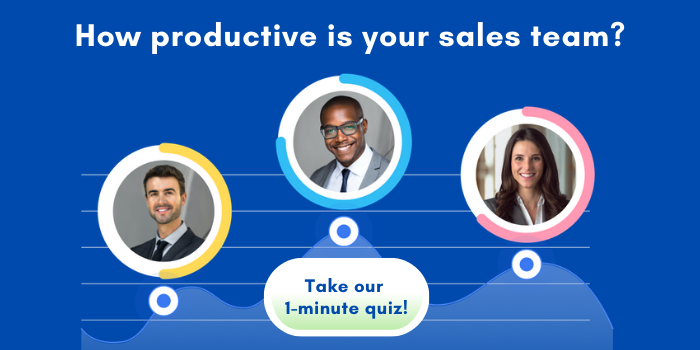
We have seen great shifts in technology in the last few years. Advances in cloud computing technology have empowered software companies to experiment with multiple business models, making SaaS and freemium services mainstays in today’s technology-enabled business ecosystem.
The freemium approach allows your end user to thoroughly evaluate the platform first hand before making a purchase. Now, you may argue that such proofs-of-concept (POCs) have been a part of the software purchase process for some time, and you’re right. POCs used to be, and in some cases still are, an elaborate affair—we show the customer a glimpse of the solution in their environment and run simulations based on their requirements. With the freemium model, however, the customer can experience your product in its entirety at their convenience. And if they like what they are using, they’ll directly purchase the product without any need for manual intervention. This can be a double-edged sword as the percentage of customers trying out the software and leaving will always be significantly higher.
This has led to a shift in both sales and marketing strategies. Besides lead generation, marketing teams now focus on getting users to try out the product. At the other end, sales teams are now tasked with driving adoption as well as ensuring that the customer eventually subscribes to the software.
Done right, these new-age lead generation efforts create a large lead pool, leading to the responsibility of your sales team to identify and reach out to the right customers among these leads as efficiently and effectively as possible.
Employing the basics of sales prospecting—follow-ups, follow-ups, and more follow-ups—is great, but here are a few weapons that will be handy additions to your arsenal. Or, you could consider taking the all-in-one approach when it comes to finding leads. At www.dealfront.com, you’ll find a platform that empowers sales and marketing teams to locate more warm leads and close deals faster. Without further ado, here are four sales prospecting weapons your business will need.
Email sequences
The closest thing to mass personalization of lead outreach emails, email sequences come in handy when your salespeople need to set up trigger-based follow-up emails. This means you can create a follow-up strategy for all leads, intervening as needed for the high priority ones.
We use Hubspot to build our email sequences, which offers varied customization options and allows us to add manual tasks, too. It is also possible to use another email sequence software. Personally, I end all my email sequences with a manual task to further research the lead or account.
Better notifications
Reaching out to a prospect immediately after they interact with your product or marketing/sales resources improves your odds of connecting with them. Following-up immediately also increases the chances of having a good conversation with the prospect as the level of relevance is pretty high. Sounds obvious, but you’d be surprised by how many sales teams squander such an opportunity by waiting too long.
The solution—implement the right systems to push these “You have a new lead!” notifications to sales reps immediately. For us, this means connecting HubSpot to Flock using integrations, so alerts pop-up in relevant sales channels in real-time. This is helpful as we get notified directly with all the relevant lead info, even when we are on the move, so we can reach out to them immediately.
Cross-functional collaboration
Being proactive with your customers can go a long way in helping salespeople close deals. This is where cross-functional collaboration between internal teams becomes critical to sales success. With most businesses now working remotely (and even if your business is working from the office), creating a shared space for product and sales to discuss RFPs (request for proposals), customer requirements, and deadlines can drastically help reduce turnaround time on ongoing negotiations with your customers.
Not so surprisingly, we depend on Flock to create this safe collaboration space for all internal groups and teams—sales, product, marketing, support, legal et al. This comes in handy during every step of the sales process—from prospecting and sharing feedback with marketing to engaging with support and enabling customer success.
Video conferencing
It’s 2020 and video conferencing is how we meet. Now more than ever, video conferencing tools are must-haves for customer interactions, and your sales teams can potentially leverage these tools to make a stronger pitch to prospects. Most popular video conferencing tools offer screen sharing, group chat, and apps for multiple devices/platforms, so my recommendation is to pick a solution with a clean, easy-to-use UI that all your salespeople are comfortable with. After all, during a demo or presentation, all their attention is focused on the customer and the pitch, so using a tool that prioritizes ease of use means they can transition between screens and devices effortlessly.







.png?width=710&name=50%20Home%20Business%20Ideas%20with%20No%20Investment%20_%20Guide%202024%20(1).png)

